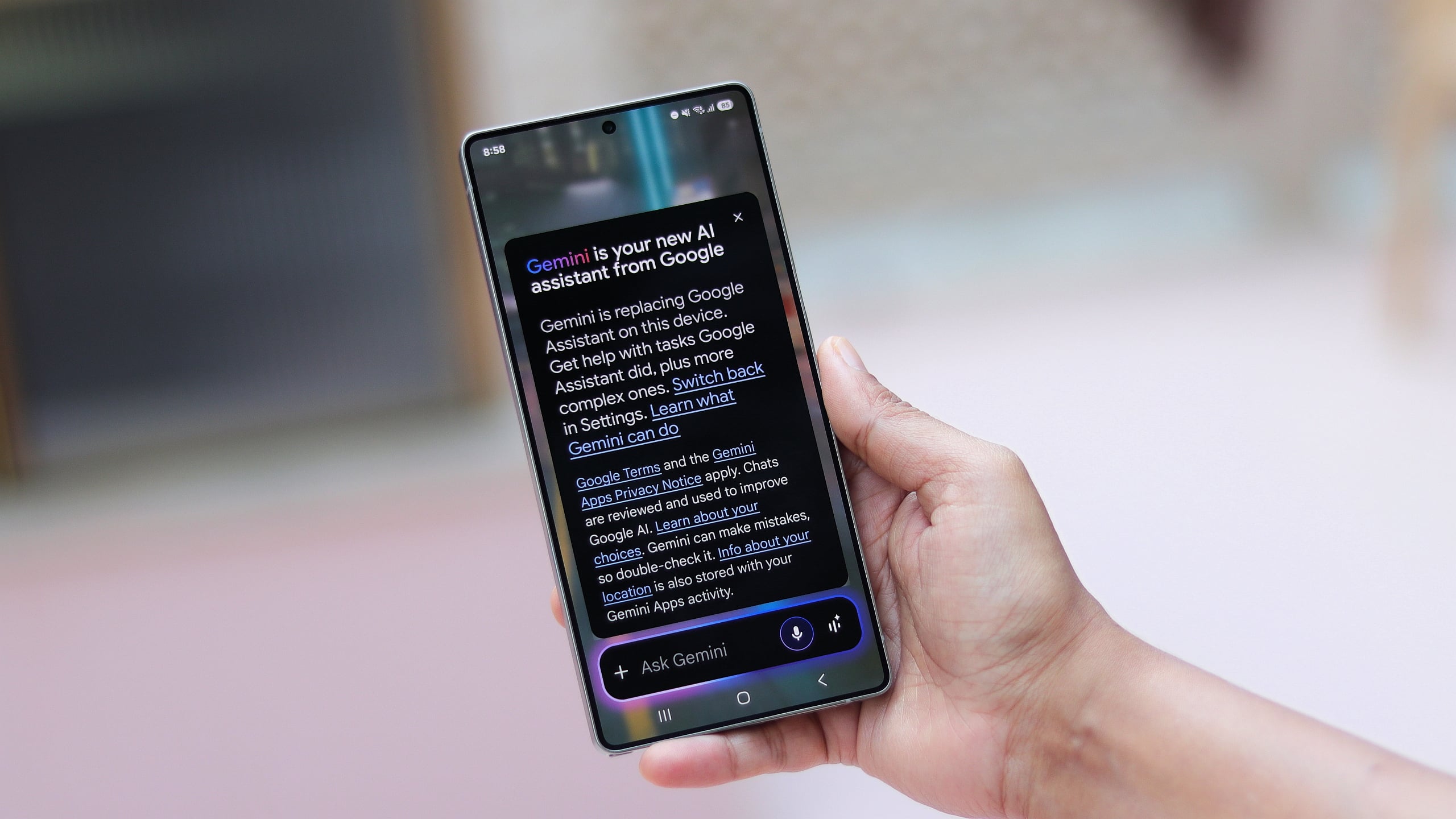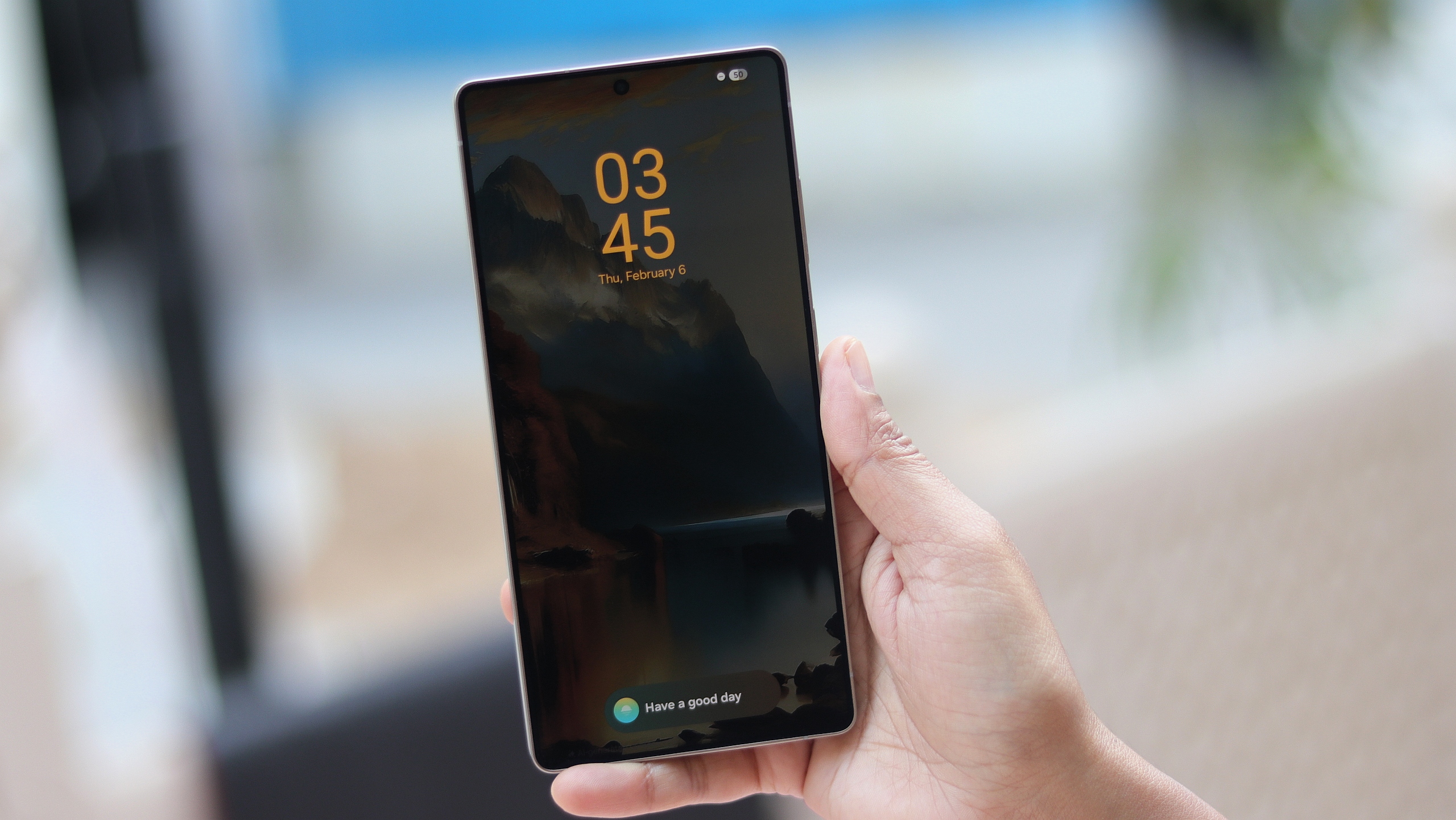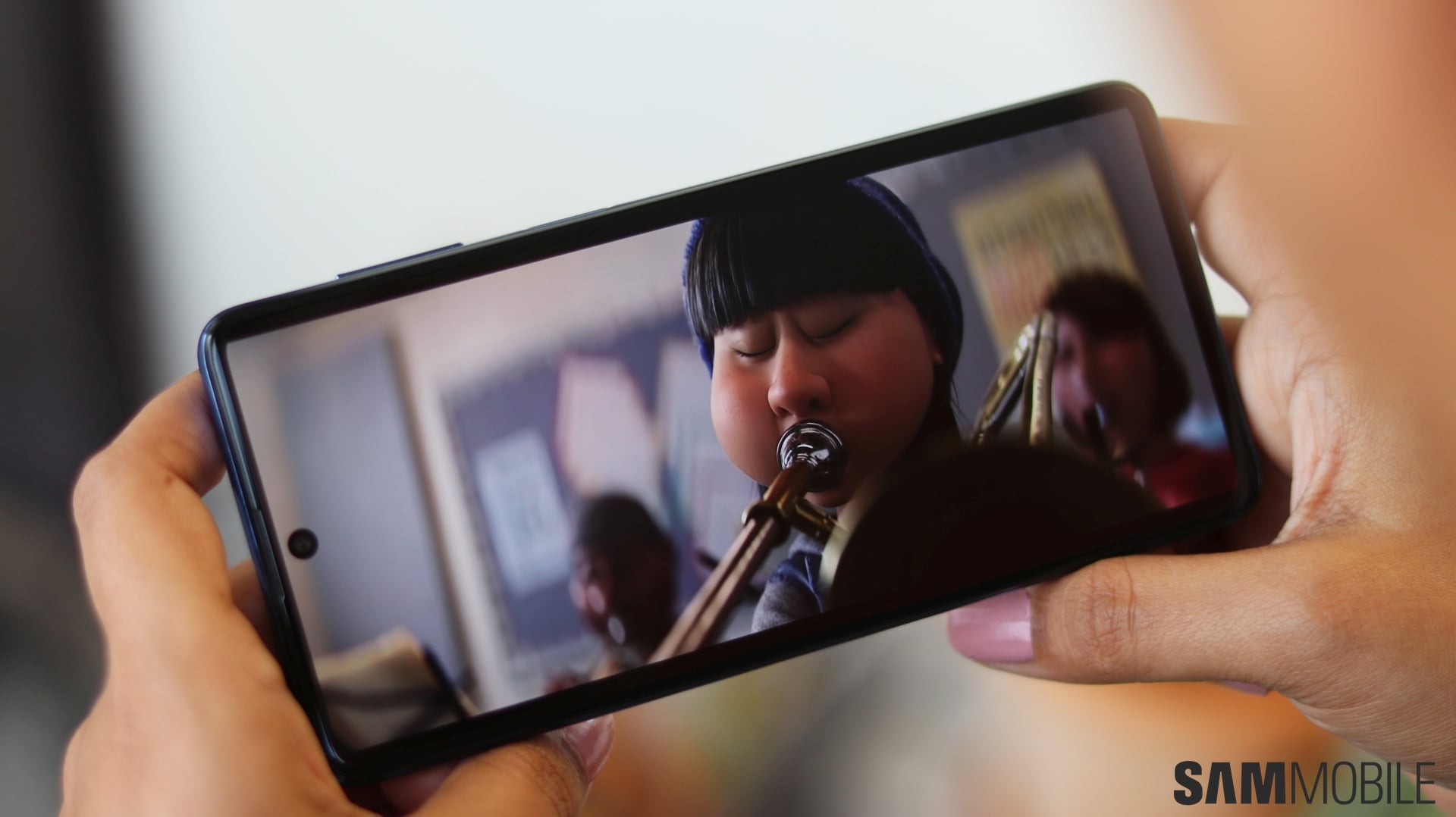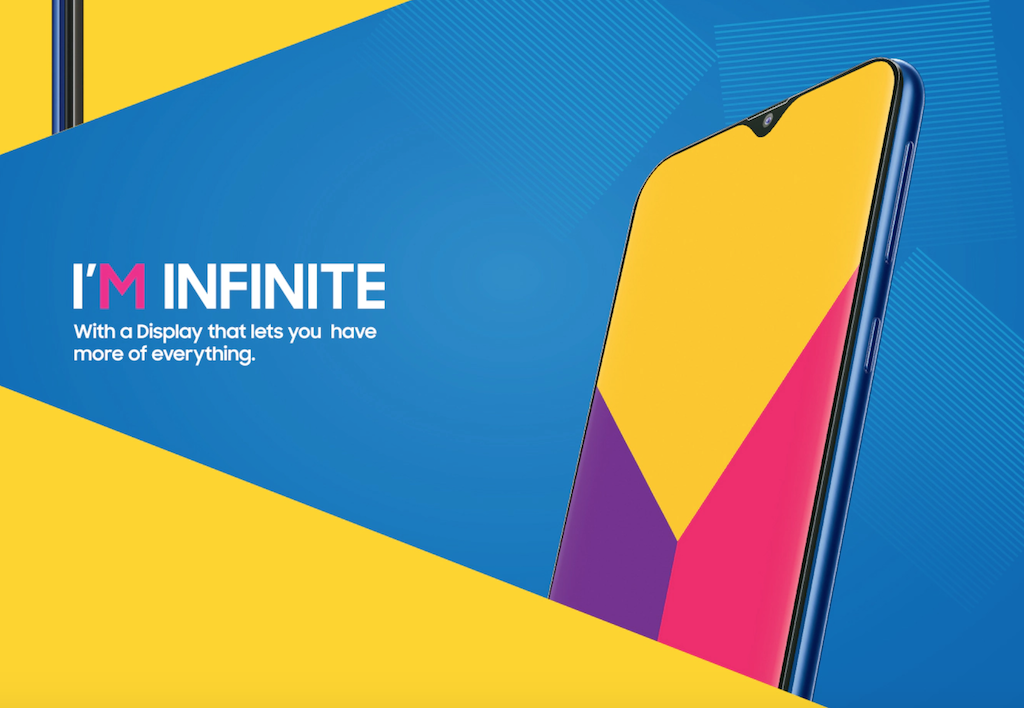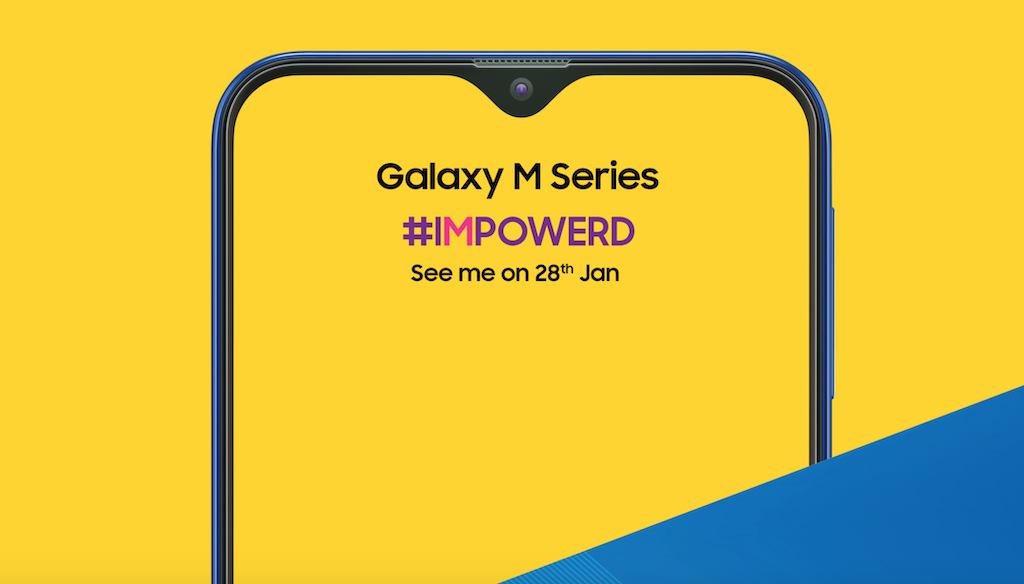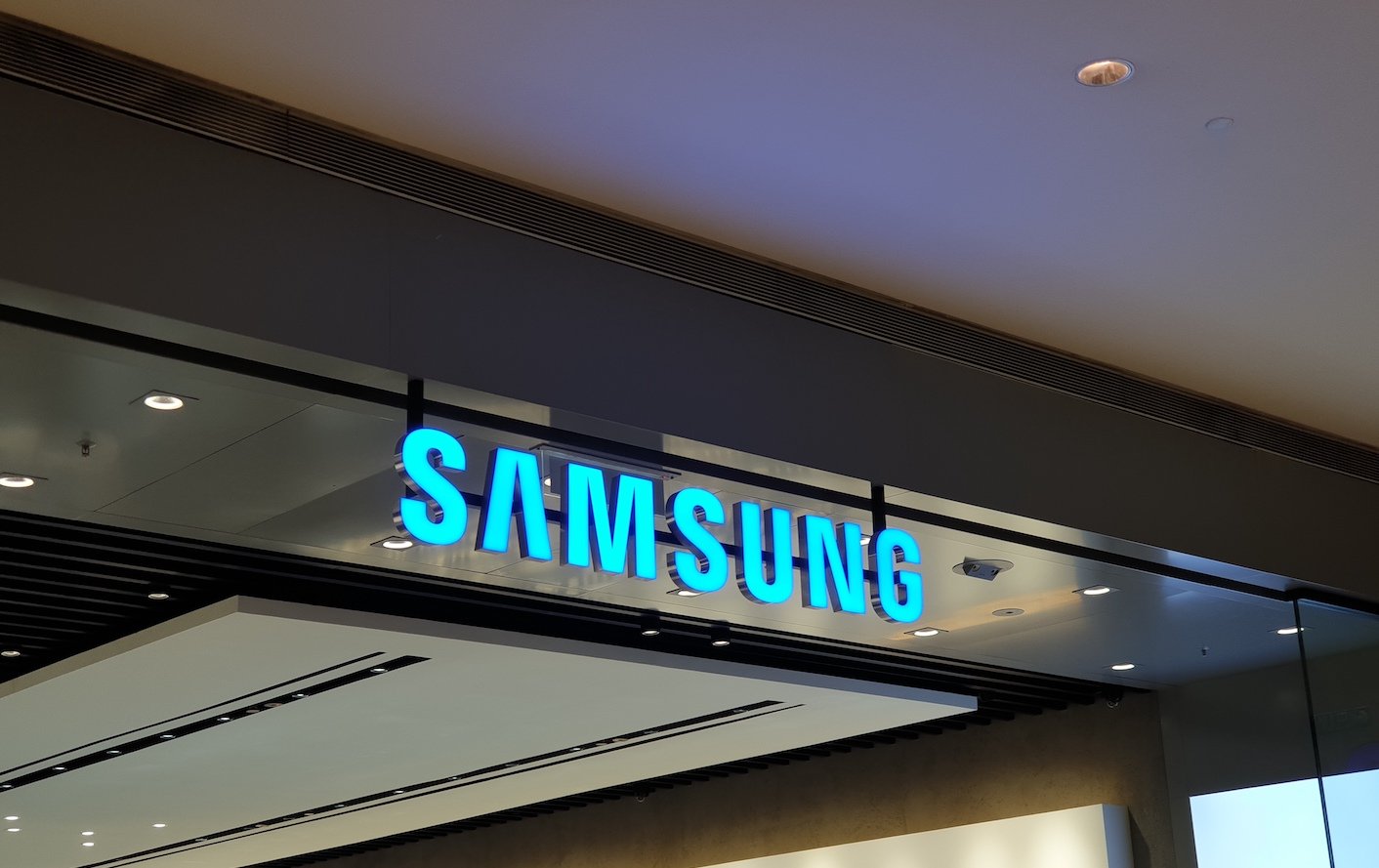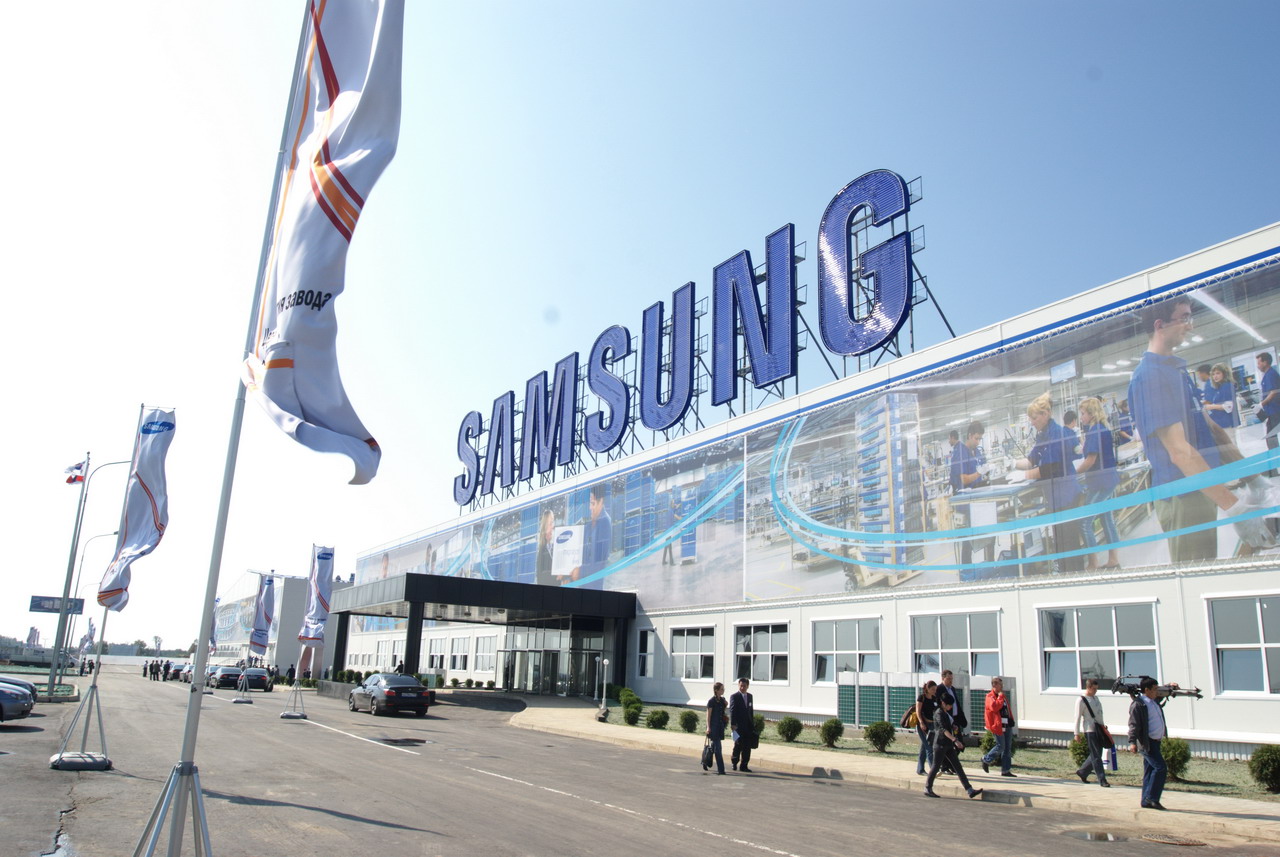
There are a few factors as to why it has been under threat by predominantly Chinese manufacturers. Some of them don't have the kind of overhead that Samsung does. It spends a lot more on research, marketing and promotional than many of its rivals. They have also relied more on online sales instead of first trying to build out their retail networks. Companies like Xiaomi have coupled that with aggressively priced smartphones that offer customers more bang for their buck.
Samsung's dominance is under increasing pressure
On the other hand, Huawei has a stated goal of becoming the top smartphone vendor in the world. That means it has its sights set firmly on Samsung's position and it's making strides. The company is on track to ship 200 million smartphones before the end of this year. It has taken the second position from Apple already. Huawei has deployed its Honor sub-brand in emerging markets with the same strategy much to Samsung's chagrin. The company has also been quick to bring new technologies and trends to market, be that gradient colors or in-display fingerprint sensors, which Samsung has been late to follow.
Samsung has consistently been making some of the best flagship Android phones over the past few years. That hasn't been enough from a business point of view, though. Market research data shows that customers are holding on to their phones longer. It doesn't help that flagship devices have firmly crossed the $1,000 threshold. Even in that segment of the market, Huawei has been quick to bring new technologies such as a 7nm chip and reverse wireless charging, a feature that Samsung is now expected to offer with the Galaxy S10.
The company is not oblivious to all that has been happening around it. The company said earlier this year that it's revamping its strategy to better compete against rivals. It's now packing mid-range devices with technology that hasn't even debuted on its flagship models yet. For example, the Galaxy A8s is Samsung's first smartphone with the Infinity-O display. The company and indeed the world's first quad-camera smartphone is the mid-range Galaxy A9. It has also reorganized its China division to better compete locally.
Samsung may need to give its rivals a taste of their own medicine
The next step seems to be the launch of a new Galaxy M series that will consolidate its offerings in the budget segment. At least one of the devices, the Galaxy M20, is now expected to come with a 5,000mAh battery. It hasn't really offered such big batteries in any of its handsets before, the Galaxy A9 Pro being the exception. We have also revealed that the Galaxy M series will first be released in markets across Asia, Middle East and Africa. From all that's known about the Galaxy M10 and Galaxy M20, it seems that these devices have been developed with the idea of offering customers more bang for their buck.
One also has to consider consumer behavior. People like us who do this for a living or those who like to follow tech closely know that the reality goes beyond numbers. More RAM doesn't necessarily mean a significant improvement in performance. Or that the number of megapixels isn't directly proportional to camera quality. Many average customers tend to consider the specs on paper when deciding which device to buy. That's one of the reasons why Chinese smartphone makers tend to highlight such numbers prominently in their marketing materials.
Perhaps Samsung now feels that its budget offerings also need to have numbers that can hold their own against rivals. A customer looking to spend around $200 on an affordable device may gravitate towards one that has a 5,000mAh battery without much thought to the chipset or any gimmicky software features. It's an overly simplistic view but it seems to have worked quite well for Chinese manufacturers.
Specs that jump out to customers are just one factor. Whether or not the Galaxy M series heralds a renaissance for Samsung in this market also largely depends on pricing. If it's able to get the combination right and give its rivals a taste of their own medicine, Samsung might just cause the Chinese to sit up and take notice.


